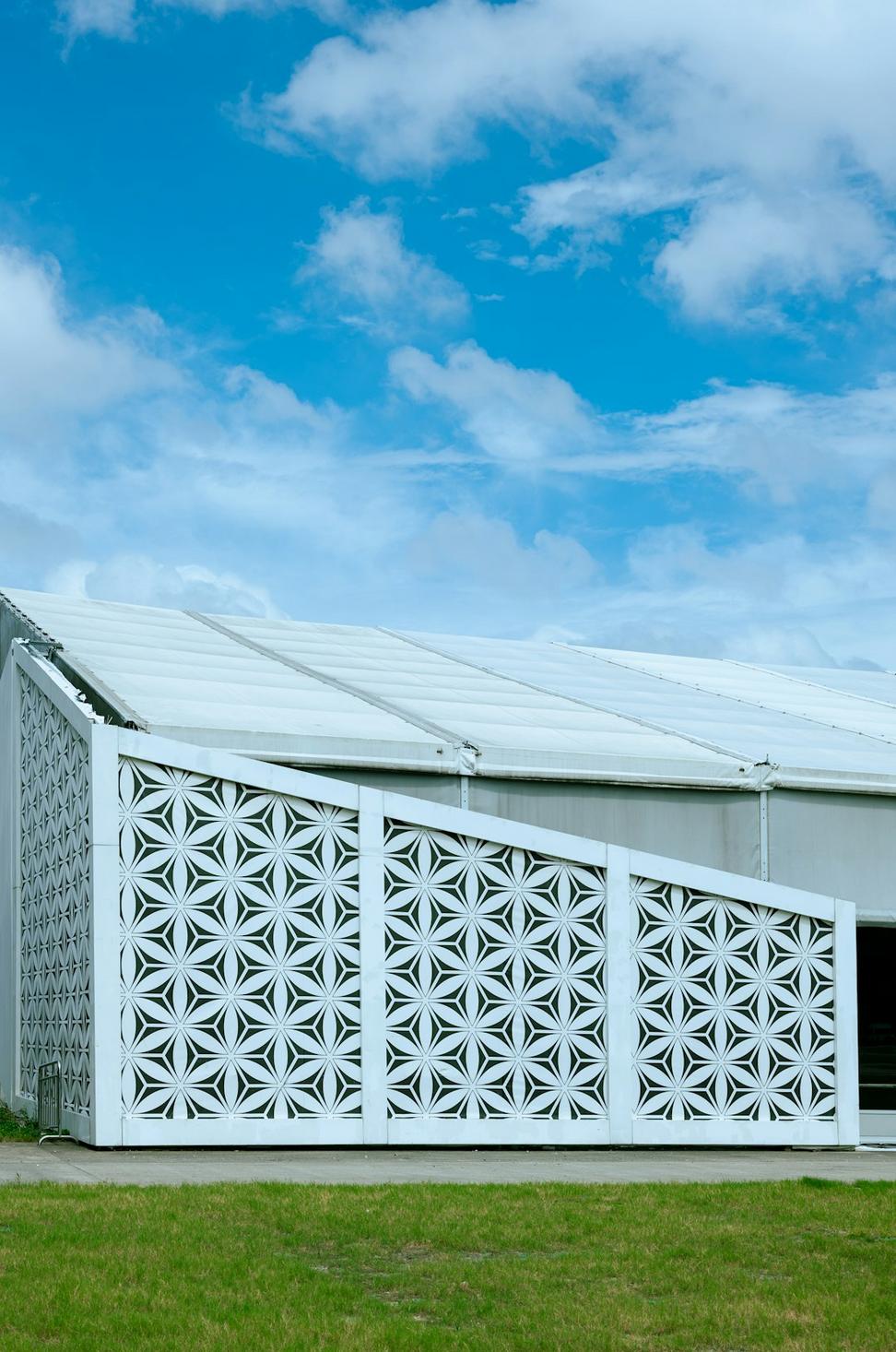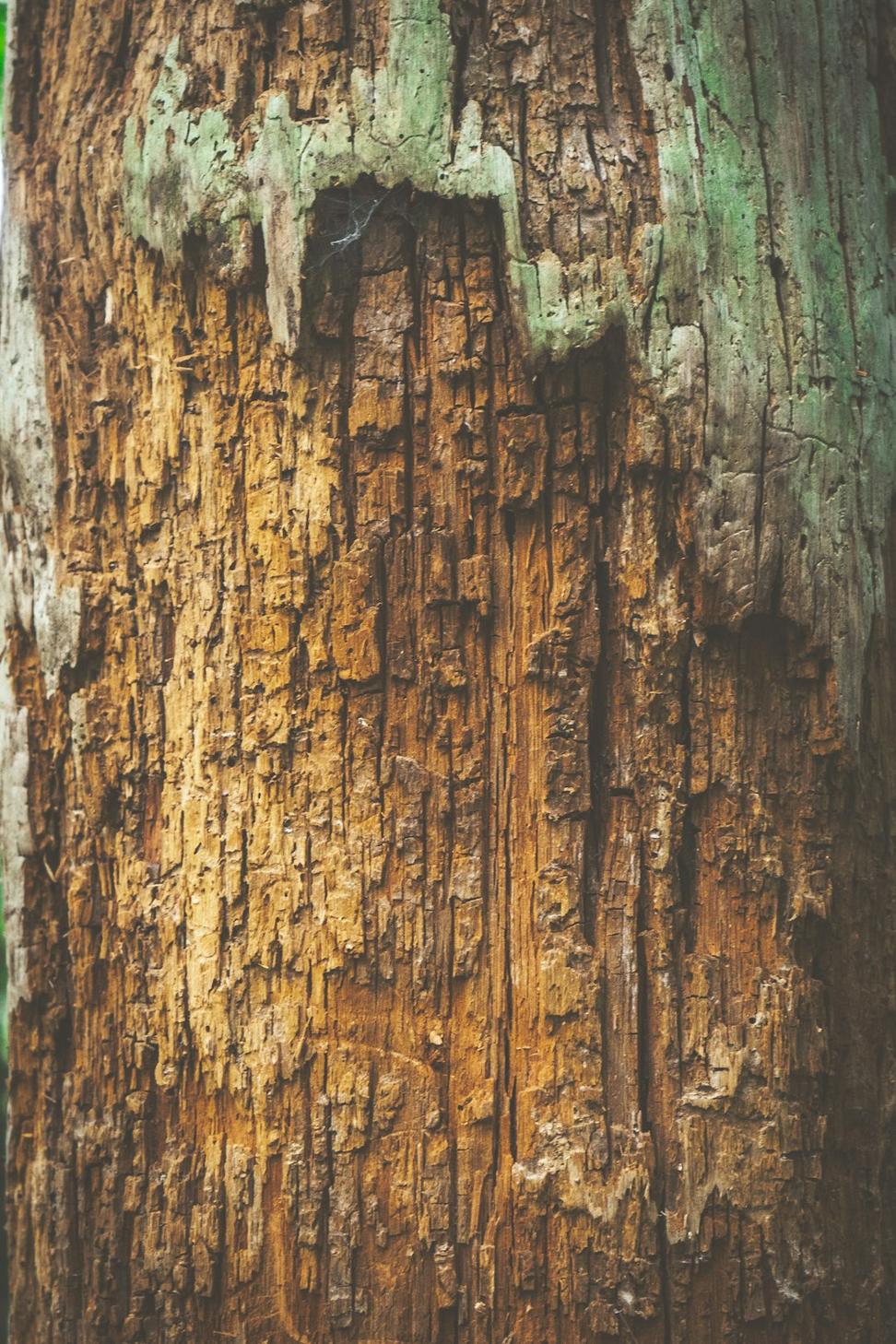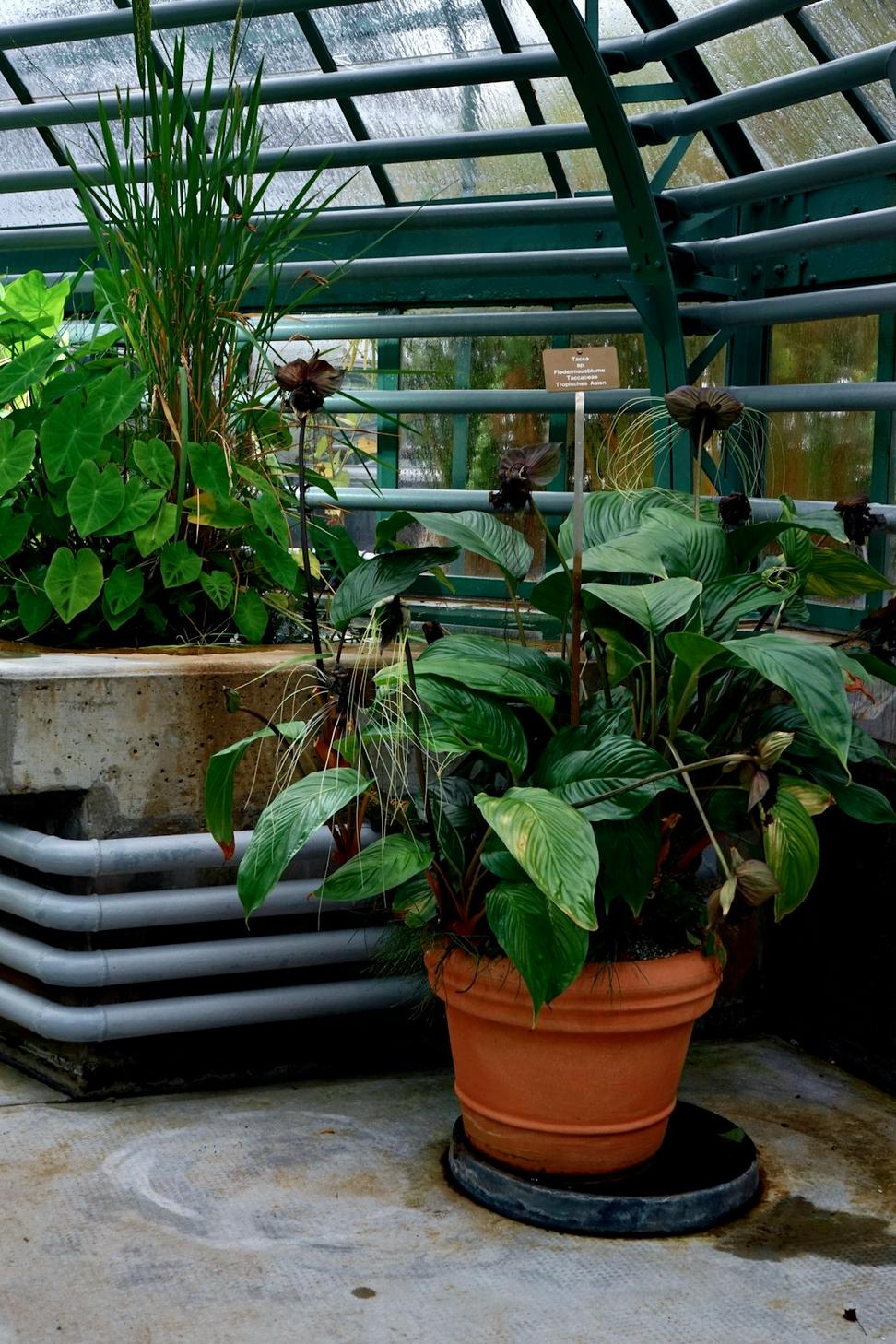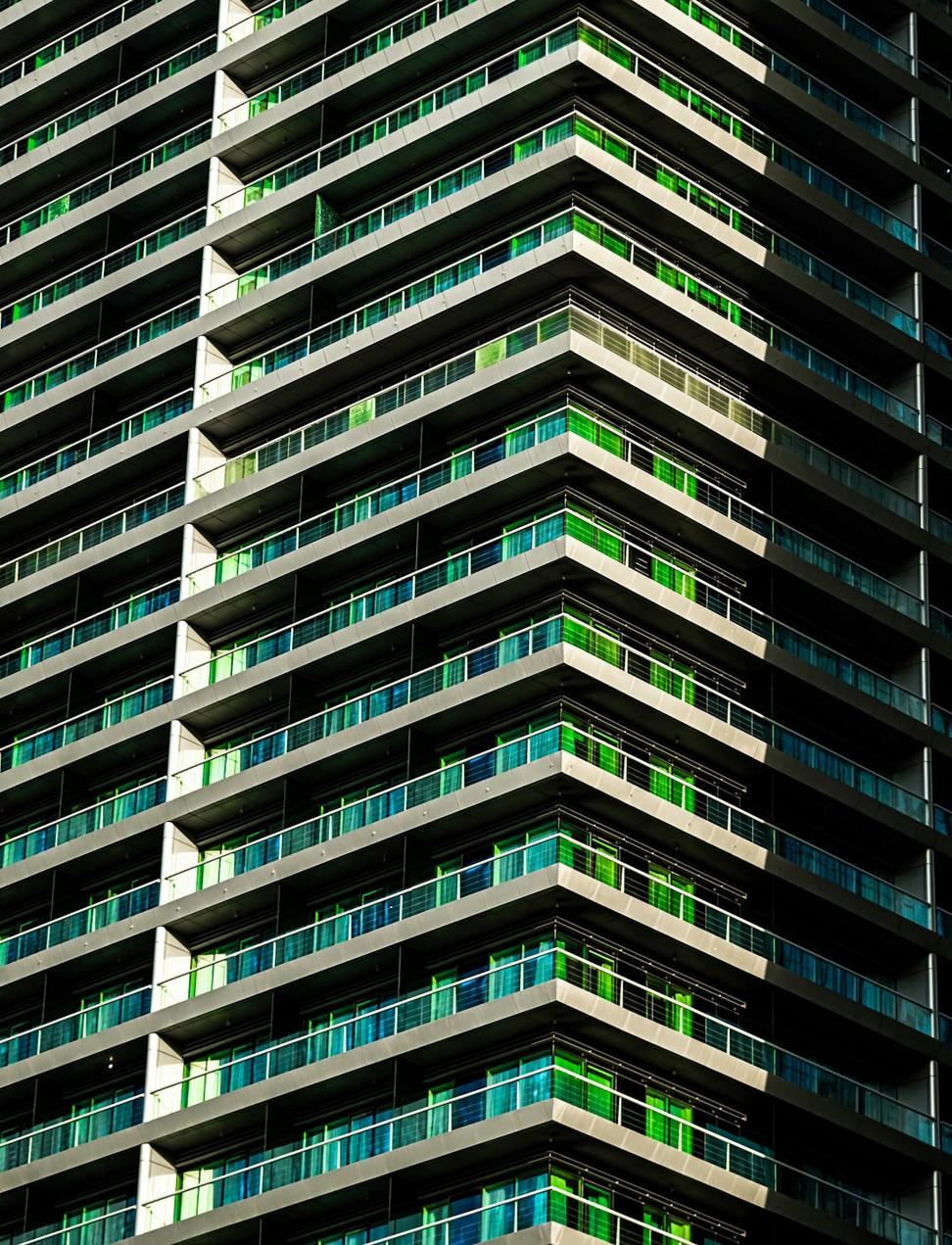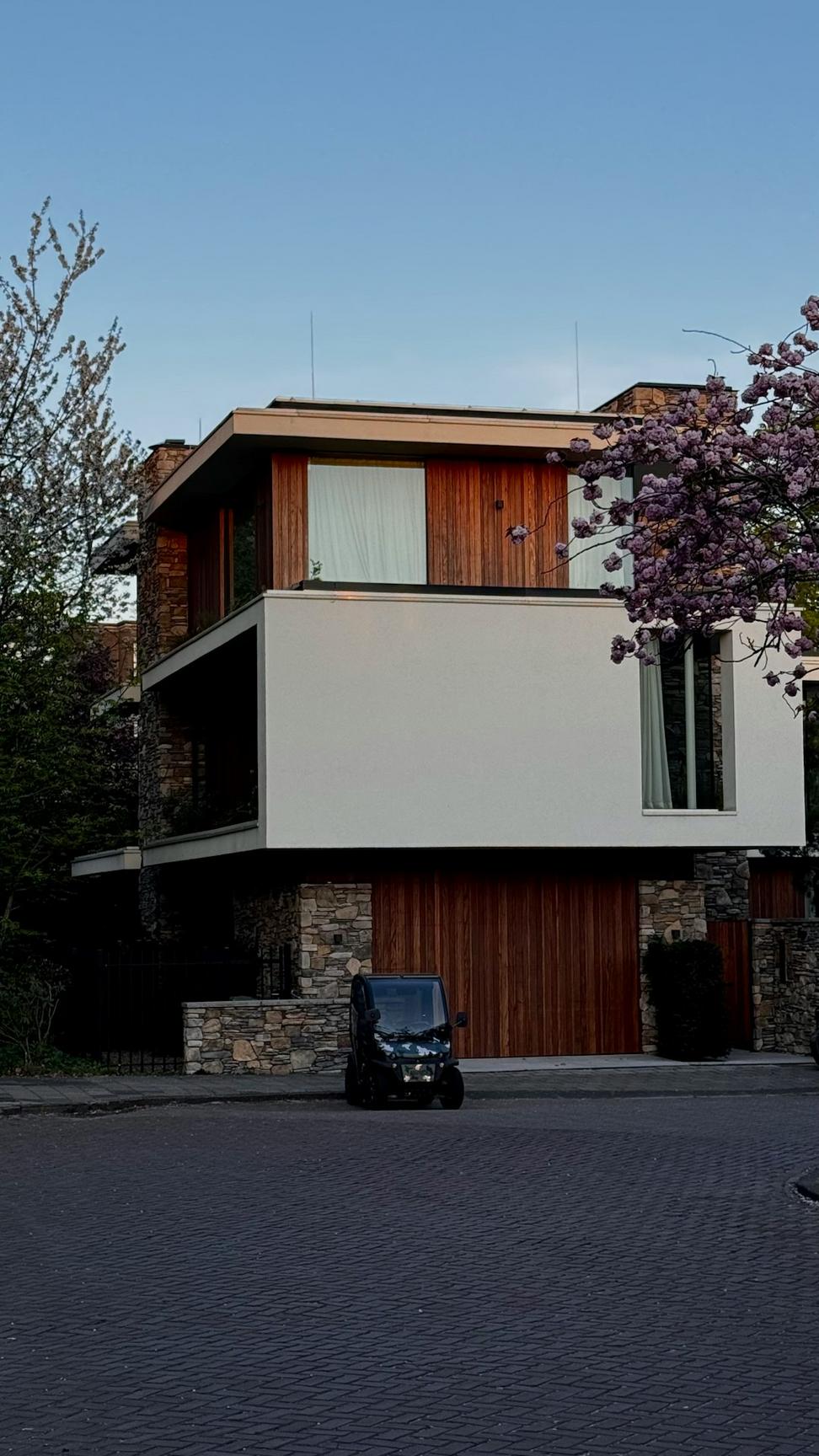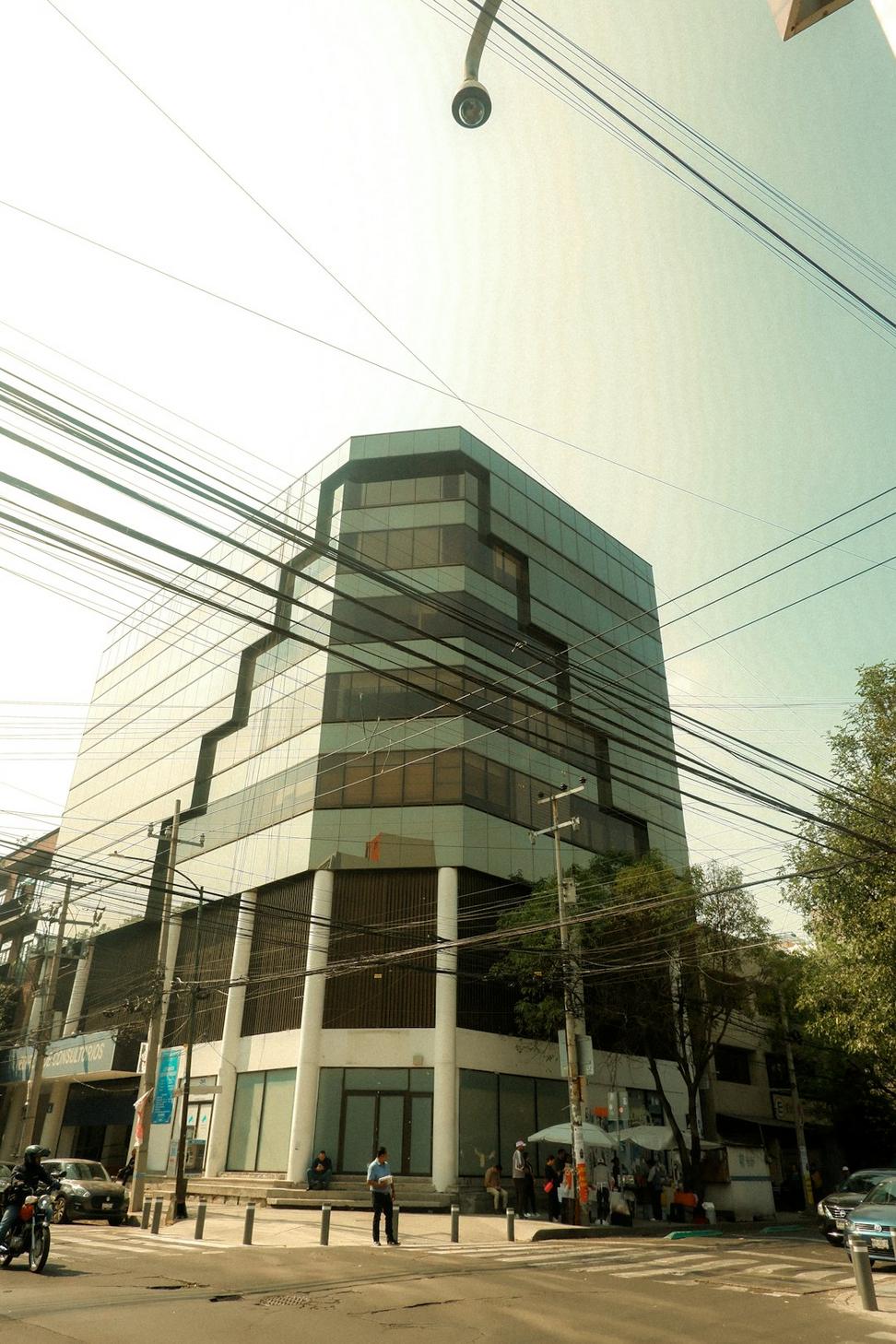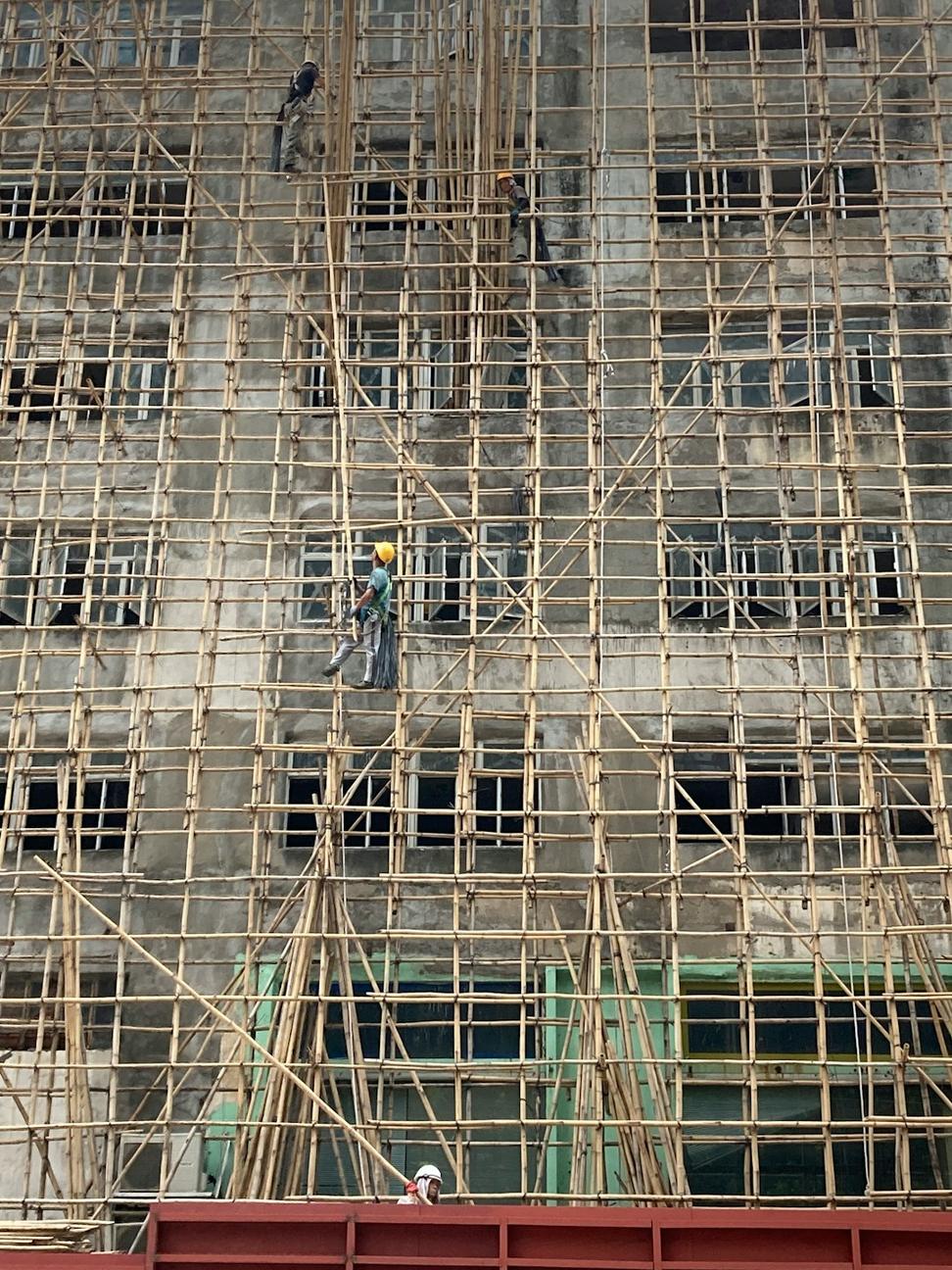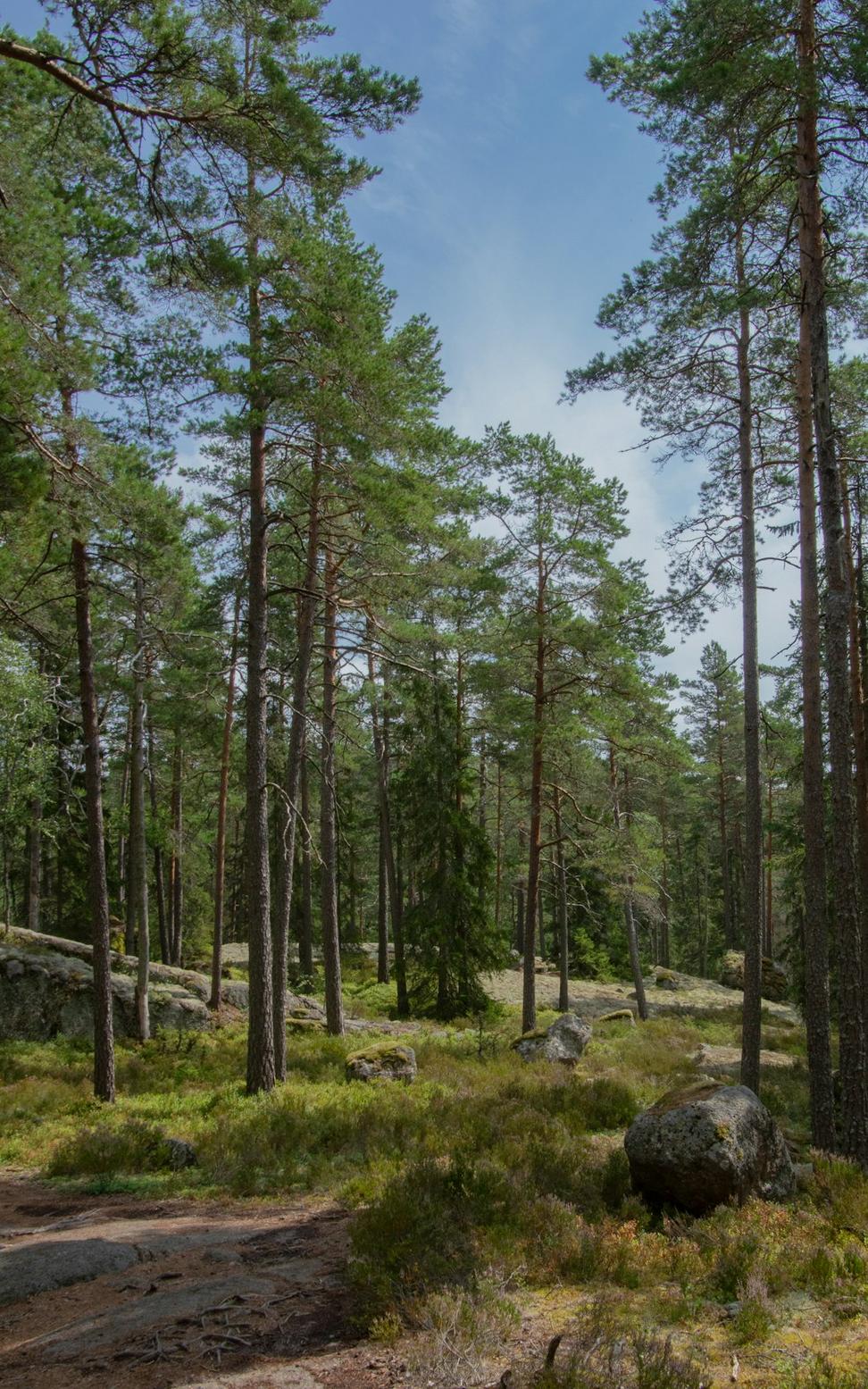
Honestly? We're obsessed
Look, I've been in this industry long enough to see the greenwashing, the half-measures, the "eco-friendly" labels slapped on buildings that barely meet code. That's not us.
We grew up surrounded by the Nordic approach - where your grandparents built homes that are still standing, still performing, still beautiful. They didn't have fancy certifications back then, just common sense and respect for materials.
Now we've got the science to back up that ancient wisdom, and honestly, it's pretty exciting. Every project we touch, we're asking: will this still make sense in 50 years? Will it use less energy next year than this year? Can we source materials within 500km?
